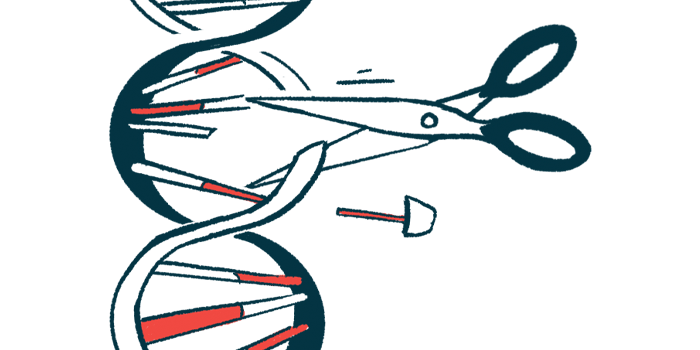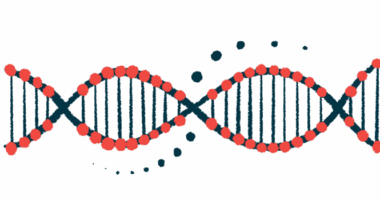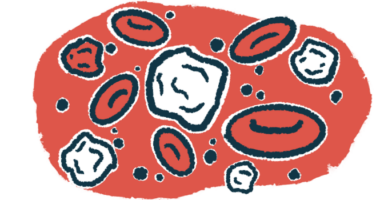Small molecule makes RDEB gene editing more accurate: Study
Skin cells from 3 patients were able to restore production of key protein

Researchers used a small molecule called M3814 for more accurate editing of genetic mutations causing recessive dystrophic epidermolysis bullosa (RDEB), according to a new study.
This method enabled skin cells from three patients to restore their production of type VII collagen (C7) protein, which they lacked, the researchers noted.
M3814 works by inhibiting DNA-dependent protein kinase, an enzyme that repairs breaks in DNA. Using M3814, the researchers reported that they edited as many as 75% of the copies of the mutated gene in lab-grown skin cells. The skin cells then began producing C7 at 80% of the normal level, per the study.
The researchers say this strategy may “offer a promising avenue of treatment.”
Titled “Enhanced HDR-mediated correction of heterozygous COL7A1 mutations for recessive dystrophic epidermolysis bullosa,” the study was published in the journal Molecular Therapy Nucleic Acids.
CRISPR-Cas9 acts like molecular scissors to cut DNA at a target location
RDEB is a type of epidermolysis bullosa (EB), which is marked by fragile skin that easily blisters and tears. EB is most commonly caused by mutations in genes that code for proteins responsible for anchoring the skin layers together.
Without these proteins, the skin and mucous membranes — the moist tissue linings inside the body’s openings — become prone to blistering and tearing. In RDEB, this is caused by mutations in COL7A1, the gene that codes for part of C7.
“While various therapeutic strategies are being investigated, the correction of causative mutations would be ideal,” the researchers wrote.
Here, the team, from New Zealand, Canada, and the U.S., used CRISPR-Cas9 as a molecular tool to edit genetic mutations. Per the researchers, it “stands out with its potential for inexpensive and robust editing.”
CRISPR-Cas9 acts like molecular scissors to cut DNA at a target location. When guided to its target, Cas9 cuts the DNA strands and removes a small piece, creating a gap where a new piece of DNA can be added.
Cells naturally have mechanisms to repair DNA breaks. M3814 inhibits one of them, called non-homologous end-joining, to promote DNA repair via a process known as homology-directed repair, which “has the potential for precise correction of most mutations,” the scientists wrote.
The researchers used keratinocytes, which are the primary cells in the outermost skin layer, from three patients with RDEB. With this strategy, as many as 75% of the copies of the mutated COL7A1 gene were corrected. Meanwhile, in fibroblasts, which are the cells of the connective tissue, the success rate was 32%.
While various therapeutic strategies are being investigated, the correction of causative mutations would be ideal.
In a 3D lab-grown skin model, the edited keratinocytes properly deposited C7, which is a major component of the anchoring fibrils that anchor the layers of the skin together. This suggests the experimental strategy could potentially restore healthy skin, per the researchers.
An alternative strategy using Cas9-nickase, a form of Cas9 that makes a single-strand break (nick) in DNA, rather than a double-strand break, was also tested. However, this was less effective and sometimes caused unintended large deletions, the team noted.
“Our results demonstrate a significant advancement in the efficiency and consistency of [gene] editing, potentially paving the way for more effective personalized gene therapies,” the researchers wrote.







